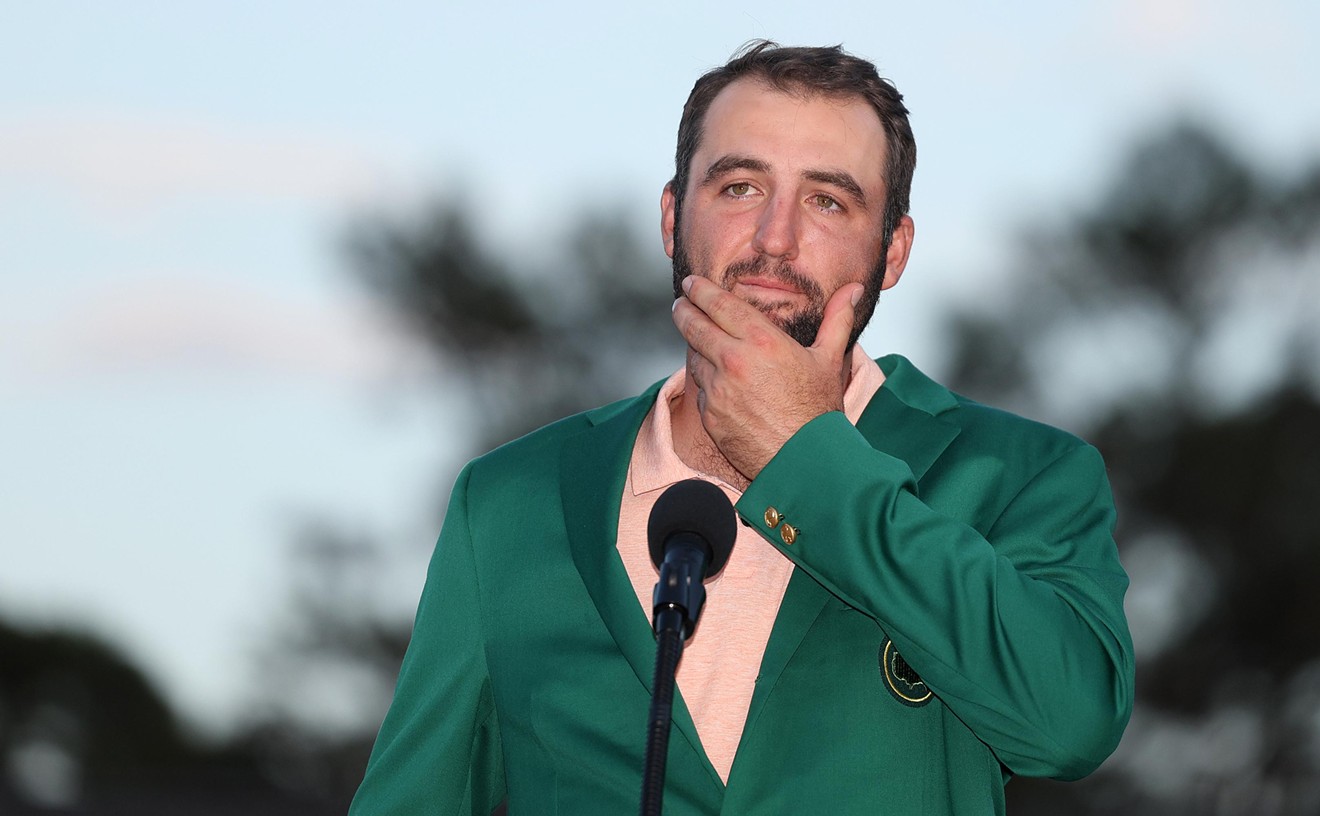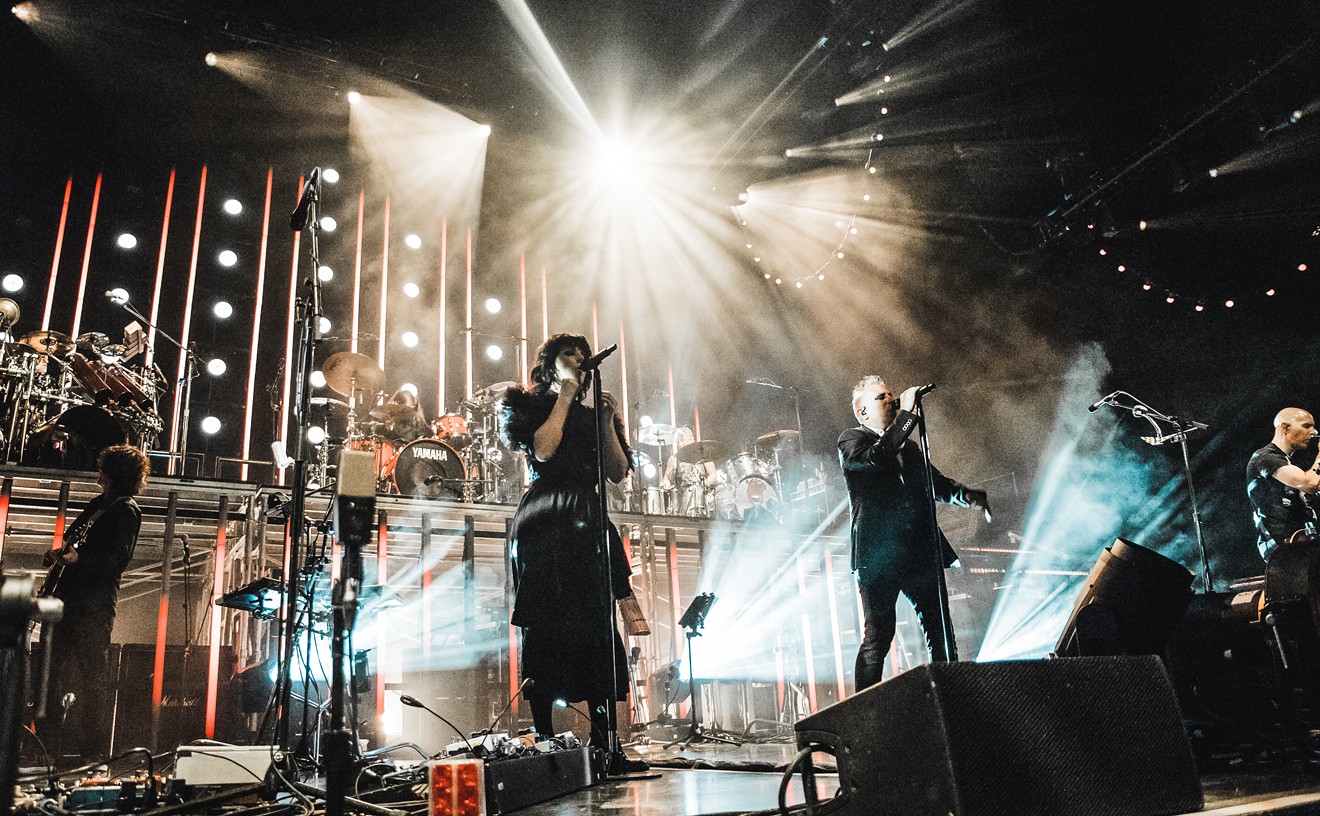It’s also a movie at war with itself, and therein lies its most fascinating element. The film has been billed — not without some reason — as Spielberg’s attempt to recapture the magic of his earlier blockbusters, after his recent run of elegant, acclaimed historical dramas and underperforming adventure fantasies. (To wit: War Horse, Lincoln, Bridge of Spies and The Post were all Best Picture nominees, while The Adventures of Tintin and The BFG were financial disappointments.)
But Spielberg is a different filmmaker than he was back in his days of youthful glory. His career turns on the fulcrum of parenthood. Until the mid-1990s, the director’s films were almost always told from a child’s perspective. Even ostensibly grown-up pictures like The Color Purple make more sense if you look at them as coming from a place of innocence and inexperience, working elemental feelings of wonder and terror and rejection. Think of Indiana Jones and the Last Crusade, which reduces Indiana Jones to the position of a humiliated child, or Close Encounters of the Third Kind, which glories in a Midwestern dad's adolescent, adventure-seeking irresponsibility. (There have been acres of think pieces, of course, about Spielberg’s obsession with broken families in his early work and about his cinematic attempts to deal with his own parents’ breakup.)
But sometime in the 1990s, it all turned. In fact, the transformation comes pretty much halfway through the much-maligned Hook, which plays initially as a movie about a grown man trying to reconnect with his childhood but then ends as a movie about an overgrown child remembering that he has to be a father now, with real-world responsibilities. (It should come as little surprise that the film reportedly coincided with Spielberg reconciling with his own father.)
After that, Spielberg’s films are always at their best when they’re about the emotional minefields of parenting. A.I.’s most resonant moments come in the depiction of the biological human child’s rejection of the adopted robot child — and you can sense the concern of Spielberg the dad, a man whose family contains both adopted and biological kids. More than an alien invasion movie, War of the Worlds is about a single father trying to keep his family together. Sometimes the family is metaphorical: Munich turns on the gradual poisoning of the familial bond between the Israeli state and its subjects; Catch Me If You Can comes into its own when Tom Hanks becomes the father figure Leonardo DiCaprio has been seeking; and Minority Report is a sci-fi dystopia positively pullulating with dead children, lost children and parents adrift. Hell, even Lincoln is a movie about being a dad — the struggle of the president as father to his nation, and also as father to his own kids.
And yes, I know, this is supposed to be a review of Ready Player One.
Is Spielberg genuinely trying to re-create the wide-eyed, childlike verve and wonder of his earlier work with this new film? In adapting Ernest Cline’s cult novel, which unabashedly does try to capture Spielberg's whiz-kid period, he has certainly embraced a nostalgic referentiality, a gleefully nerdy and needy desire for acceptance and belonging. The movie follows Wade Watts (Tye Sheridan), an orphaned teenager living in Columbus, Ohio, in 2045, who spends pretty much all his time, along with everyone else in this world, inside a virtual universe called The Oasis, a massive, multiplayer reality where people’s avatars compete for prizes and points. When the guy who created The Oasis, a legendary programmer named James Halliday (Mark Rylance) dies, he leaves behind an elaborate contest, filled with riddles and challenges and clues, to retrieve an Easter Egg that will give the winner complete control over The Oasis and half of Halliday’s fortune.For all the clarity and confidence of Spielberg’s vision, I kept wondering if maybe his approach wasn’t a bit too antiseptic for this material.
tweet this
As Wade competes — via his slender, confident, high-cheekboned, white-haired avatar Parzival — he gets closer to Art3mis (Olivia Cooke), a sleek and wise gamer, and runs afoul of Nolan Sorrentino (Ben Mendelsohn), a slick, ruthless tech CEO determined to obtain the prize through every underhanded technique available to him. But winning Halliday's game requires more than video-game dexterity; it demands an ability to get inside the late, melancholy creator's head, to sift through his memories and regrets, to try to find the lost Rosebud that makes him tick. (They actually call it the “Rosebud” at one point, which, sigh.)
Anyway, that’s like a fraction of what’s going on here. Much of Ready Player One is taken up by Spielberg’s headlong plunge into the digital cacophony of The Oasis. It’s a world filled with luminous, zero-G discotheques and 10,000-car mass chases through digital cityscapes where motorcycles and monster trucks and hot rods and Batmobiles plow into each other and careen down impossible highways while battling King Kong. He directs the action cleanly (of course he does, he’s Spielberg), which stands as an accomplishment considering all the visual and narrative noise: characters zooming in from all corners of the frame, identities transforming on a whim, in-jokes within in-jokes, movie references that open up onto other movie references. (I’d start listing the references, but for many that would probably constitute spoilers — and, besides, I have to get on with my life.)
For all the clarity and confidence of Spielberg’s vision, I kept wondering if maybe his approach wasn’t a bit too antiseptic for this material. A movie like this begs for some confusion, a sense of the uncontrollability and chaos of what’s going on. You want to feel like the director is about to lose his mind, or has maybe even already lost it — that he or she's gone too far in and drifted too far off, fallen too much in love with this world. To put it another way: This was the first Steven Spielberg movie where I sometimes wondered if Luc Besson might have done a better job.
Spielberg holds the frantic virtual world of Ready Player One at a certain remove, more a problem to be solved than a passion to be indulged — that is both his failing and his strength. To some extent, the idea that the film is a throwback to Spielberg's earlier work is incorrect; for all its ’80s references, the cluttered, glowing dystopia of Ready Player One actually recalls later sci-fi efforts like A.I. and Minority Report. But it is true that Spielberg helped make the world of self-referential make-believe what it is — a trillion dollar industry built on coddling our collective, petulant self-absorption. And that is, on some level, what Ready Player One is about. The soft-spoken but demanding digital ghost of Halliday becomes both the benevolent god who birthed The Oasis and the disapproving father who rejects his own creation. As the characters dive further into his psychology, his mournful, quiet murmur of uncertainty stands out amid the frenzy of references and chases and face-offs and teenage avatars giddily recognizing each other’s pop cultural obsessions. The film should have done more with this, frankly: Halliday is the most interesting character here, and it’s hard not to feel like his story is where Spielberg the father's true interests and sympathies lie. Ready Player One is entertaining enough, and it’s certainly well-made, but what truly stands out is the filmmaker’s prevailing-present sense of bemused disgust at the way his offspring are spending their time. He can’t go home again, and he knows it.











